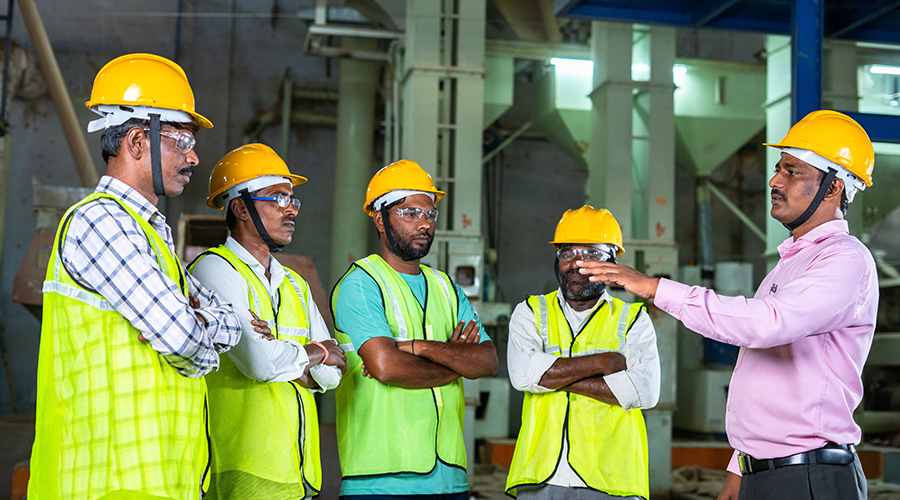 The Mayor of Rockefeller: Alex Kogan, associate vice president of plant operations and housing, leads a tight-knit facilities team in the service of science at The Rockefeller University.Photo: The Rockefeller University
The Mayor of Rockefeller: Alex Kogan, associate vice president of plant operations and housing, leads a tight-knit facilities team in the service of science at The Rockefeller University.Photo: The Rockefeller UniversityFacilities Management Input Is Critical For New Construction Projects
Kogan has learned that having a seat at the table when the organization is planning new construction projects is a must for any facilities manager.
The respect and voice Kogan affords his team is echoed by the university’s administration as well. Kogan says he and his team have a “full voice at the table,” when questions about strategic planning or building utilization come up. “It’s not just a provost or a CFO making decisions,” he says. “All our voices are heard. It’s a unique place.”
The university will soon be taking occupancy of its newest facility complex, an ambitious two-acre extension over the FDR Drive. The Stavros Niarchos Foundation–David Rockefeller River Campus includes showpiece elements like a rooftop patio space, outdoor amphitheater for lectures al fresco, and collaborative lab spaces with floor-to-ceiling windows overlooking the river.
Its construction required the input and coordination of many departments and entities within and outside the university, and having an equal voice in those discussions allowed Kogan to provide input which will pay dividends over time. “I get to say, this is beautiful, but how am I going to service it?” he says. “There is this mutual dialogue between the team, and everyone understands everyone’s role.”
O’Connor says Kogan is always thinking of ways to support the proper operation of the labs without interfering with the science by thinking about ways to provide access to equipment for maintenance. Another consideration, Kogan says, is balancing maintenance with accessibility. Making sure LEDs are not value engineered out of the project allowed him to make concessions on accessibility, since the fixtures will likely not need to be maintained as often.

(Walking the marble paths under the shade of the campus’ plane trees feels like slipping into a secret garden. Photo: The Rockefeller University)
Having a seat at the table also allowed Kogan to circumvent a challenge the new building complex created, which is that it landlocked his power plant. Where before they had wide-open roadway to facilitate the replacement of a chiller or boiler, now those projects will need to contend with a covered roadway. At the beginning of the River Campus project, Kogan knew a boiler would need to be replaced within five years. So the decision was made to buy the boiler ahead of schedule and get it into the power plant. Now, as the last touches are being put on the campus extension, the new boiler is being prepared to come online with no undue hassle. “We were able to put in a massive piece of infrastructure before the building was put in,” Kogan says. “We thought ahead.”
Related Topics:

















